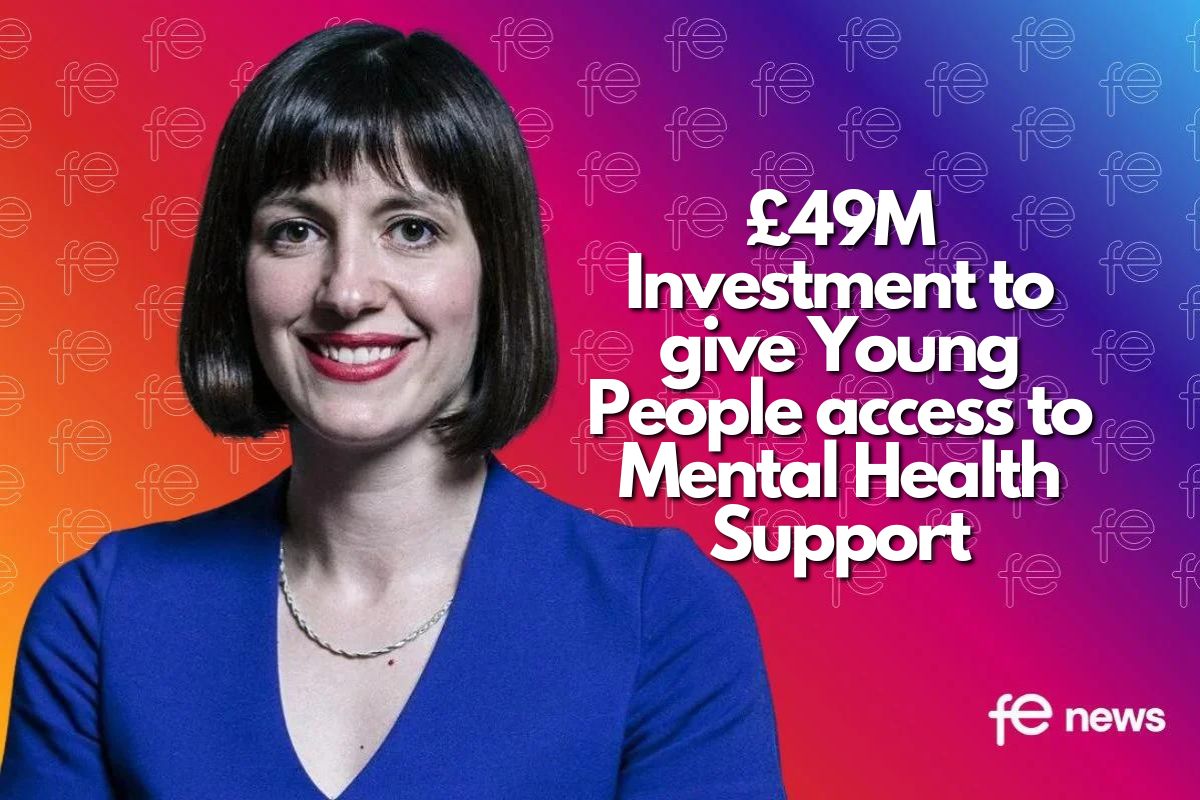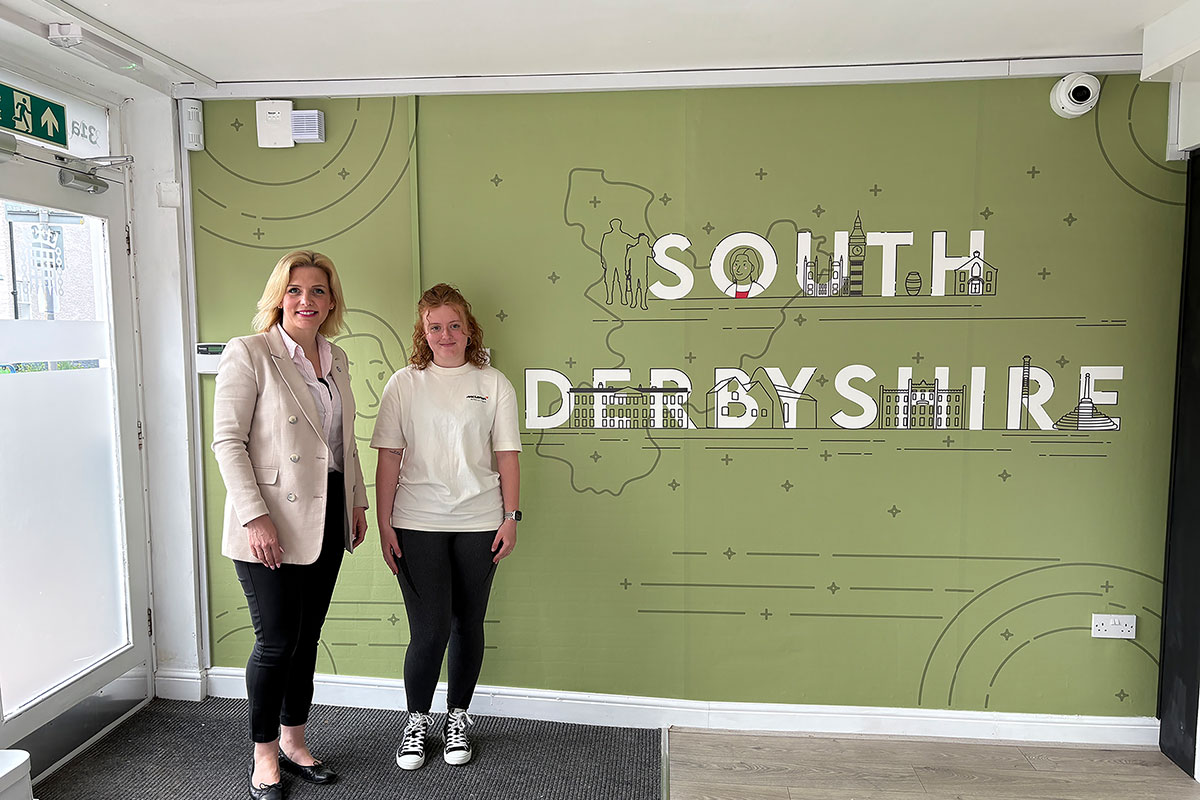The Integration of AI in Further Education: Augmenting, Not Replacing, Educators

Gary Fisher discusses how AI’s integration into further education has sparked discussions about its implications. Drawing parallels with AI in medical imaging, he suggests that AI will augment, not replace, educators. Fisher emphasises that rigorous evaluation and dialogue are crucial to ensure AI enhances educational outcomes while maintaining the quality and integrity of education.
The Shift in Perspective
It’s approximately a year and a half since OpenAI released its large language model, ChatGPT, for public use. Like many other professions, educational practitioners within the further education sector were left grappling with the implications of this powerful new tool. In the weeks following its release, various articles emerged articulating concerns about the potential threats ChatGPT posed to assessment integrity and the potential responses educators could adopt to mitigate this threat.
However, the conversation quickly shifted from highlighting risks to exploring opportunities. Practitioners from across the FE sector have demonstrated the power of ChatGPT and other generative AI tools to support lesson planning, enable enhanced personalisation of learner experiences, and assist educators with process-driven and administrative tasks. These tools proved so effective that some voices began to question whether AI tools might eventually replace human educational practitioners.
AI as an Augmentation, Not a Replacement
This, evidently, has not happened. Far from being replaced, further education continues to experience sector-wide staffing shortages. Rather than professional functions being outsourced to generative AI tools, ChatGPT and similar technologies are integrating into the fabric of further education practice, with users discovering that these tools, while impressive, have limitations and fallibilities that require the direction of a human operator to overcome. Thus, the pressing question is no longer whether AI will replace educators, but rather how it will transform their roles.
New Roles for Educators
To understand the potential impact of AI in further education, it’s helpful to look at how another field has adapted to AI integration: medical imaging. For over a decade, medical imaging professionals such as radiographers have been at the forefront of integrating AI into their practice. Innovators and pathfinders within the medical imaging profession have demonstrated how various professional competencies, once the sole domain of human practitioners—such as the analysis and reporting of images, the adjustment of radiation dosage, and the planning of a patient’s treatment—can be achieved more quickly, and in some cases to a higher standard of consistency, when performed with the support of medical AI tools than when performed solely by human professionals.
These developments have caused introspection among the medical imaging community regarding the future of the profession, yet radiographers continue to be very much in demand, with roughly 1 in 10 positions within the UK currently unfilled. The role of these professionals has evolved; rather than being replaced, they have been augmented by AI. The medical AI can assist with the analysis of an image, yet a human practitioner possessing human empathy and professional experience in compassionate care is uniquely able to communicate the outcomes of that diagnosis to the affected person. The medical AI can propose a treatment plan to a human radiologist, but the human practitioner must intervene to tailor that plan to the specific needs and context of the patient. The medical AI can be instructed to identify the position of a fracture on a patient’s rib, but the human professional is necessary to quality assure that identification and perhaps spot the ominous shadow on the patient’s lung behind the fractured rib that the AI, narrowly following its assigned instructions to assess a rib fracture, did not highlight and would need further investigation.
This shift has allowed them to focus on more complex and critical aspects of their work that specifically require human intercession, while AI supports them with routine and procedural tasks.
Embracing Change in Further Education
The transformation in medical imaging did not occur overnight. It developed iteratively through years of rigorous evaluation and dialogue within the community to evaluate the capabilities and limitations of AI tools. This process of meticulous analysis ensures that medical professionals can trust AI to augment their work without compromising the quality or safety of the service they provide to patients.
Similarly, as further education continues to explore the potential of generative AI, the experience of the medical imaging field offers valuable lessons. The adoption of AI in further education should be approached with the same careful consideration of its strengths and weaknesses. By rigorously evaluating AI’s capabilities and limitations, educators can identify which tasks can be efficiently supported by AI and which require human expertise.
This methodical approach will enable the further education sector to fully exploit the benefits of AI, such as reducing administrative burdens and enhancing personalised learning experiences, while ensuring the quality and integrity of education remains high. Just as the medical imaging community has done, the ongoing task faced by the education community is the generation of a robust knowledge base that informs and assures the effective and responsible integration of AI into educational practice.
Looking Ahead
The potential for AI to positively transform further education is immense. By following the example set by medical imaging professionals, educators can harness AI to augment their capabilities, reduce burnout, and enhance the educational experience for students. This process requires a commitment to ongoing dialogue, rigorous evaluation, and a willingness to embrace change.
As the further education sector navigates this new landscape, it is essential to focus on how AI can complement human skills rather than replace them. By doing so, educators can ensure that generative AI tools serve to enhance their professional capabilities, ameliorate the challenges of high workload, and, most importantly, improve and enhance the outcomes of their students.
By Gary Fisher, Senior Learning Designer, University of Derby











Responses